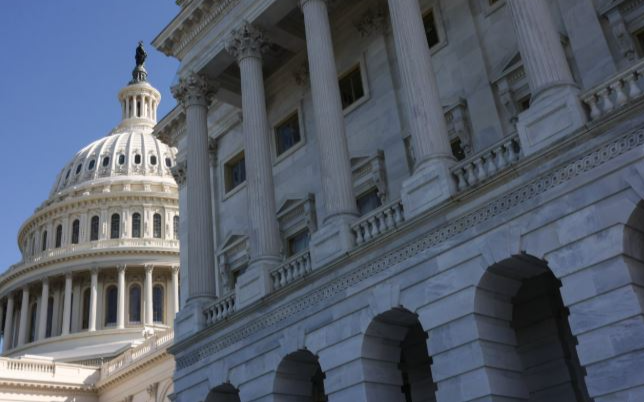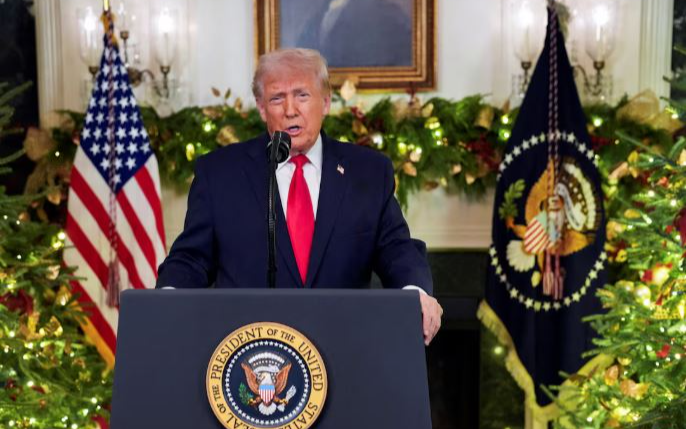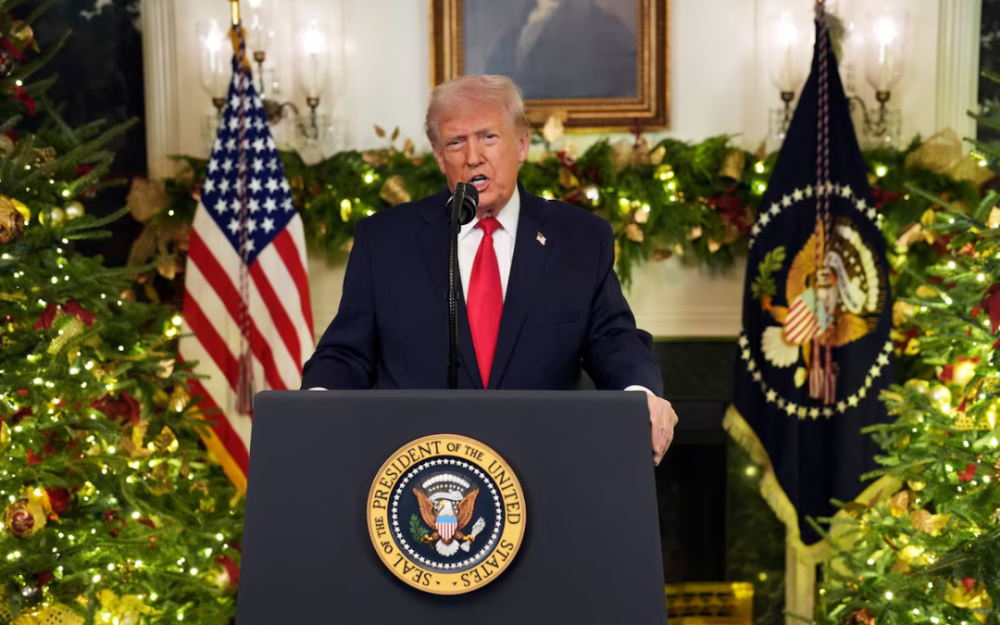美国政府停摆之后

美国政府停摆之后
美国政府在周二凌晨 12点01分 正式停摆。由于国会未能在新财年的开始前通过任何临时或长期拨款
国会僵局
这场停摆源于数周来国会两党在预算问题上的尖锐对立。民主党与共
共和党人指责民主党“不受控制的开支”,无视财政纪律;而民主党
联邦机构受影响
在政府停摆期间:
• 非必要的联邦雇员 被迫无薪休假;而军人、海关、交通安全局(TSA)等必要岗位人
• 国家公园与博物馆 纷纷关闭,旅游业和周边经济首当其冲。
• 联邦法院系统 将依靠预备资金维持至 10月17日。
• 金融监管机构(如证券交易委员会SEC、商品期货交易委员会CF
• 公共卫生服务 受到冲击,包括食品安全检查与临床试验可能延迟。
经济冲击
白宫一份备忘录警告称,停摆每持续一周,美国国内生产总值(GD
周二早间,华尔街股市已经出现小幅下跌,投资者对经济前景表示担
民众与前景
对于普通美国民众而言,这场停摆不只是华盛顿的政治对决。依赖联
目前,国会仍在继续谈判,但前景不明。部分议员主张先通过临时拨
随着停摆进入新阶段,美国社会面临的最大问题是:这场危机将持续
U.S. Government Shuts Down As Funding Deadline Passes
The United States government officially shut down at 12:01 a.m. Tuesday after lawmakers in Congress failed to pass a funding measure before the start of the new fiscal year. The lapse in appropriations has forced federal agencies to scale back services, furlough hundreds of thousands of employees, and brace for economic disruption.
A Political Stalemate
The shutdown follows weeks of deadlock on Capitol Hill, where House and Senate leaders clashed over budget priorities ranging from social spending to defense appropriations. Neither a short-term stopgap funding bill nor a full budget resolution advanced in Congress before the midnight deadline.
Both Parties Blame the Other for Shutdown
Republicans accused Democrats of overspending and ignoring calls for fiscal restraint, while Democrats charged Republicans with inserting partisan policy riders that made compromise impossible.
Impact on Federal Agencies
Under the shutdown:
• Nonessential federal employees have been placed on unpaid furlough, while essential workers such as TSA officers, border agents, and active-duty military personnel continue to work without immediate pay.
• National parks and museums are closed, leaving tourists and local economies reeling.
• Federal courts plan to remain open through October 17 by relying on reserve funds.
• Regulatory agencies including the SEC and CFTC have begun shuttering most operations, raising concerns about market oversight.
• Public health services, such as clinical trials and food safety inspections, are at risk of delays.
Economic Fallout
According to a White House memo, the shutdown could strip an estimated $15 billion from the U.S. GDP each week it continues. Analysts warn that prolonged disruption could ripple through financial markets, delay federal contracts, and undermine consumer confidence.
Wall Street responded cautiously Tuesday morning, with stocks dipping on concerns about economic uncertainty and regulatory slowdowns.
Public Response and Outlook
For many Americans, the shutdown is more than a political showdown in Washington. Families dependent on federal paychecks are bracing for missed income, while communities across the country face interruptions in services.
Negotiations are expected to continue in Congress, but there is no clear timeline for resolution of the stalemate. Some lawmakers are calling for a temporary funding bill to reopen the government, while others are pushing for deeper structural reforms to federal spending.
As the nation enters a new period of uncertainty, the question remains how long the shutdown will last — and how much damage it will inflict on the economy, institutions, and public trust.






























